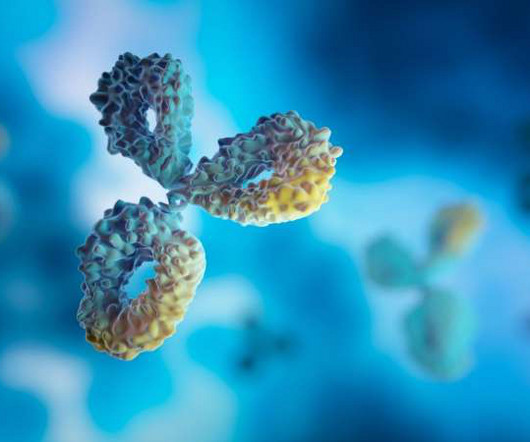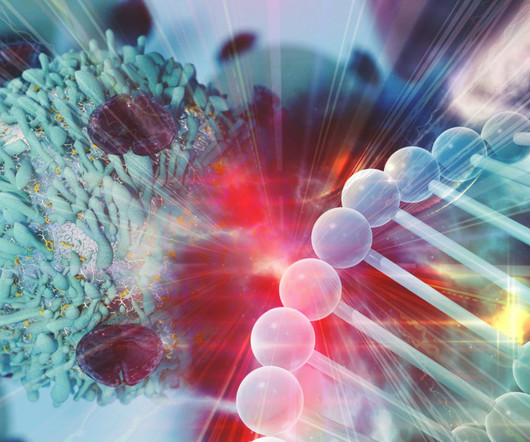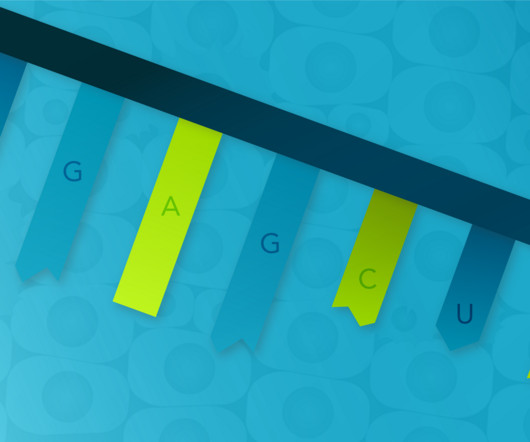How single-use technologies can improve antibodies production
Drug Discovery World
MAY 7, 2024
DDW Editor Reece Armstrong speaks to David Chau , Global Bioprocess Application Specialist, Separation and Purification Sciences Division, 3M, about challenges in producing monoclonal antibodies (mAbs) and how single-use technologies can simplify processes. RA: What are some of the current limitations for producing mAbs?













Let's personalize your content